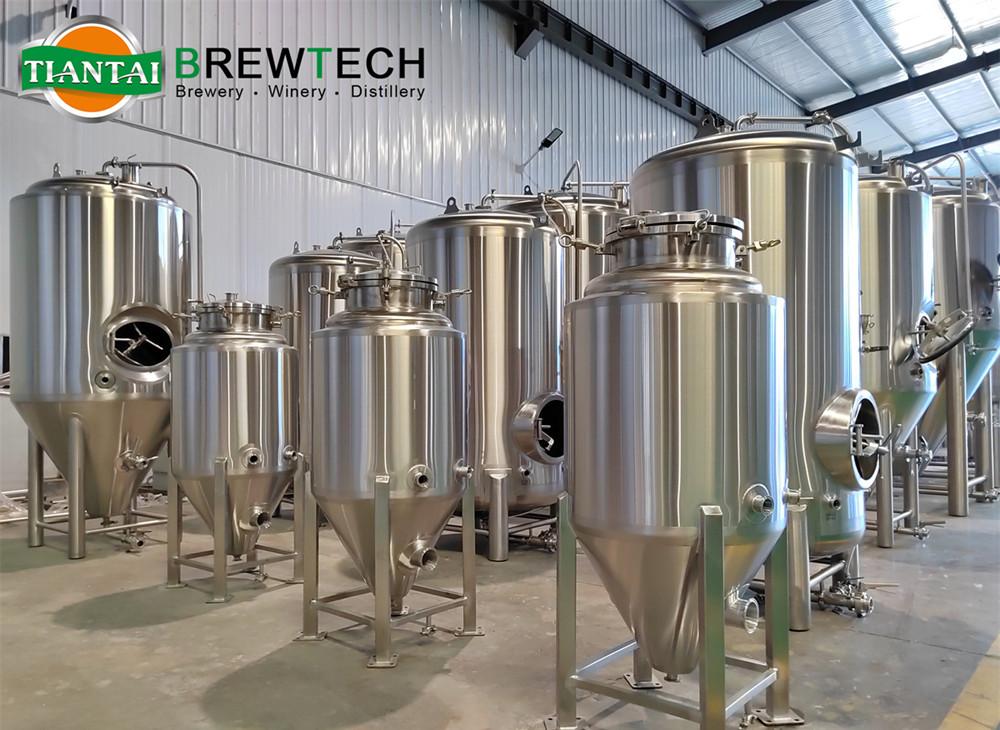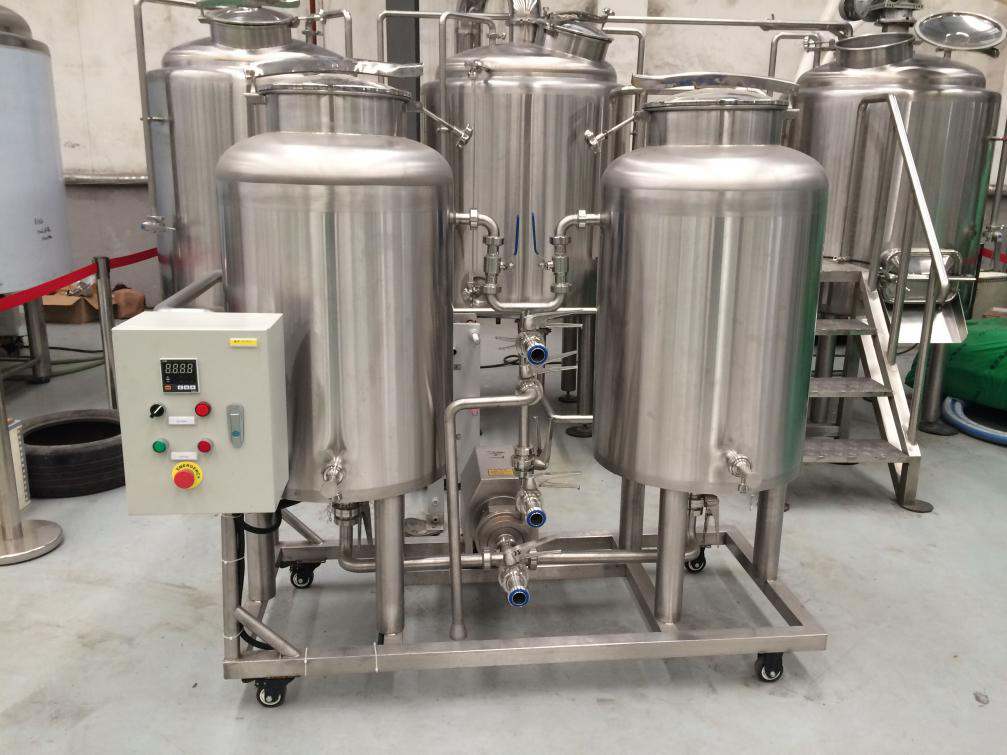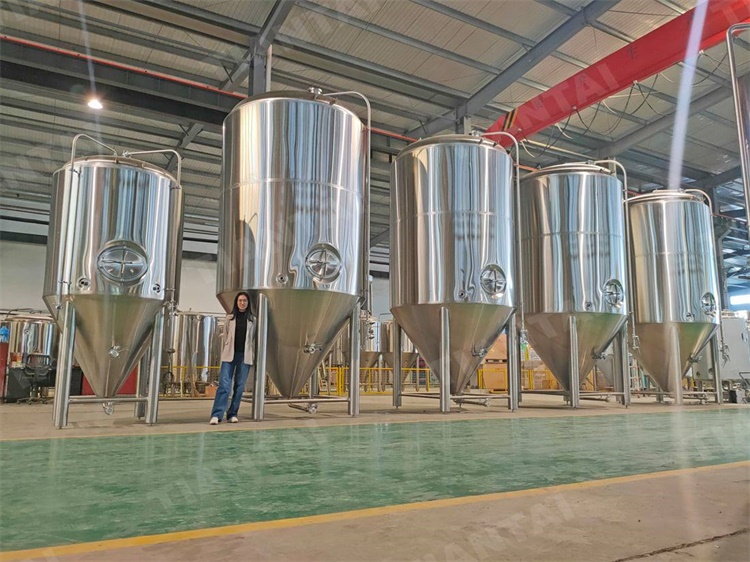Primary Fermentation: in the world of fermentation, all beverages go through “The Primary Fermentation.” The primary fermentation refers to the first round of fermentation and is what kicks off the process. This is the stage where the yeast consumes the sugar in the liquid and converts it to ethanol (alcohol) and carbon dioxide. Once complete, the next step is usually a secondary fermentation or bottle conditioning. If you’re new to fermentation, you’re probably wondering the difference.
What is the Difference Between Bottle Conditioning and Secondary Fermentation?
The first thing to know is that bottle conditioning can also be a secondary fermentation. But a secondary fermentation isn’t always bottle conditioning. Using these two terms, interchangeably, is especially common with kombucha brewing.

What Is Bottle Conditioning?
Bottle conditioning is another phase of fermentation that takes place in a sealed bottle. This step can occur after any round of fermentation (primary fermentation, secondary fermentation, third fermentation, and so on.) This step is one of the ways alcoholic beverages get their carbonation and is extremely popular in homebrewing. This process involves transferring the liquid from the fermenter into bottles with additional sugar. This time rather than having an open-air ferment or using an airlock, the bottles are closed. Now, the yeast will consume the added sugar as usual and convert it to alcohol and carbon dioxide. The most significant difference here is that since the bottles are sealed and hold pressure in, the carbon dioxide produced can’t escape. This traps the co2 in the headspace and, in turn, forces itself back into the liquid, i.e., carbonating the beverage.
What’s The Main Difference?
Bottle conditioning and secondary fermentation are similar. In fact, in many cases, bottle conditioning is secondary fermentation. Moving the fermenting beverage from the primary fermentation container to secondary fermentation bottles is a choice, not a necessity. In cases where the brewer chooses to move from the primary fermentation directly to bottles to carbonate, the bottle conditioning is secondary fermentation. This is often the case with beverages like beer and kombucha, but for other alcoholic beverages, this is the brewer’s choice.
Another difference between bottle conditioning and secondary fermentation is the addition of sugar before bottling. When you move a beverage to secondary fermentation, no sugar is added, and the yeast suspended in the liquid will have by this time run out of simple sugars to consume. At this point, the yeast instead goes to work consuming more complex sugars and many of the bi-products of primary fermentation, including those esters and ketones we mentioned before.

Conversely, in bottle conditioning, the yeast is fed more simple sugar. So they will continue to consume those simple sugars to produce more ethanol and carbon dioxide rather than resorting to the more complex compounds.
More beer brewing knowledge, welcome you discuss further with us! TIANTAI Beer Equipment Company is a professional beer brewing equipment manufacturer. We will study your proposal and provide you a customize and specific brewhouse system, beer fermenters, brite tank, a turnkey microbrewery/commercial brewery project to be suitable for your beer making process.
Edited By Daisy Cai
[email protected]




.jpg)

Get In Touch